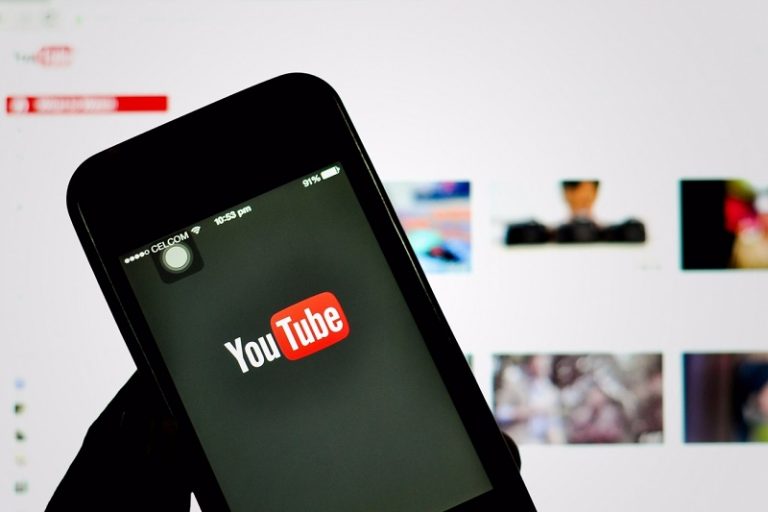Consumers are potential audiences in social networks, but not the way so that your messages reach others as they thought or wanted brands.
It is a claim that few would dare to answer and one that has become a sort of cornerstone in the strategy of digital marketing companies today: social networks have become a crucial element of brand communication and one that no brand can avoid when trying to reach their consumers. But are they really as effective as social networks seem to be a few years ago? And above all, as consumers are receptive as brands want to believe the messages they receive in these scenarios?

Different studies have been indicating in recent time’s changes in the scope of certain social networks and fluctuations in the influence of the same. Not the same I could be having a company profile on Facebook a few years ago than it is now. The scope of the updates is lower today organically, since various changes and modifications that Facebook has made in its algorithm to improve performance that gives users of the network have a direct impact on what they see and what companies achieved without having to checkout. At the same time, various studies have been pointing out the advantages of other social networks and their potential to reach consumers, noting that if today we want to reach the end user must go through these new scenarios rather than the former.
But are they really effective social networks? Are they really serving as speaker for brand messages? Or they are actually much ado about nothing?
The truth is that, with the figures in hand, the relationship between brands and consumers in social networks seems less a love story than we’re used to hearing that a scenario in which there is still much room for improvement. According to a study of Shareable, only 7% of consumers acting in relation to what the brand say social networks. That is, of all the things that make the brand and all messages that the brand launches, only 7 out of 100 consumers shared the material on social networks.
“From January to October 2015, American brands published 35 million posts on Facebook, Twitter and Instagram, pushing 65,000 million shares with social audiences (e.g. comments, retweets, shared…)”, he explained to Warc Tania Yuki, founder and CEO of Shareablee. “However, only 7% of those actions meant to share the content of the brand, despite being increasingly recognizing the value of sharing to build brand equity content,” he adds.
That is, although manufacturers believe that consumer’s share the content they generate is what really brings them value and helping to create a strong brand image, consumers are hardly tempted to do so. Despite that social networks are first seen as a speaker and then as an amplifier of brand messages (first published the messages they want and then consumers are responsible for making these messages reach many more people), what truth is that what is happening is not just that. Consumers are potential audiences in social networks, but not the way so that your messages reach others as they thought or wanted brands.
How to convert amplifiers
Part of the problem of this ruling and this situation is not exactly what brands want, is on the companies themselves. The contents must be chosen in a more efficient manner and more attractive if you really want to work the way we expected that worked and thus circumvent the survey data.
As explained by the investigators, brands have to do a much more conscious design strategy publishing content on social networks if you want to really make them a key to enhancing their social profiles become a dynamic brand. Do not post anything worth and not worth doing at any time.
Brands must create content that invite be shared and, above all, must provide the right audience the right content. Social networks also need a strategy to meet the audience and give him what he wants. In fact, what makes a user to share content is not necessarily the same as another user does not share in your social networking profile. According to the study, women share content that are useful while men prefer to share humorous content.









+ There are no comments
Add yours